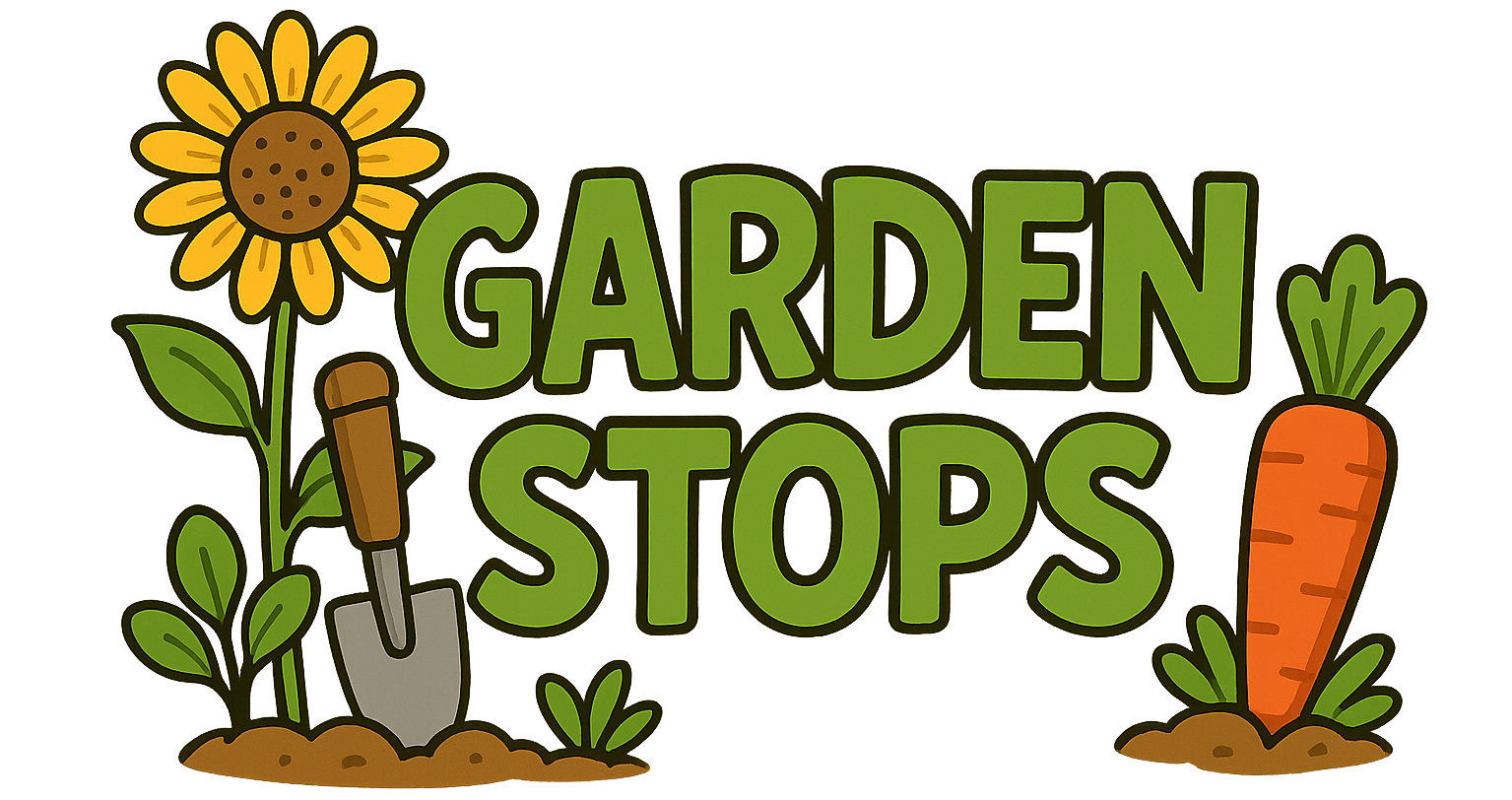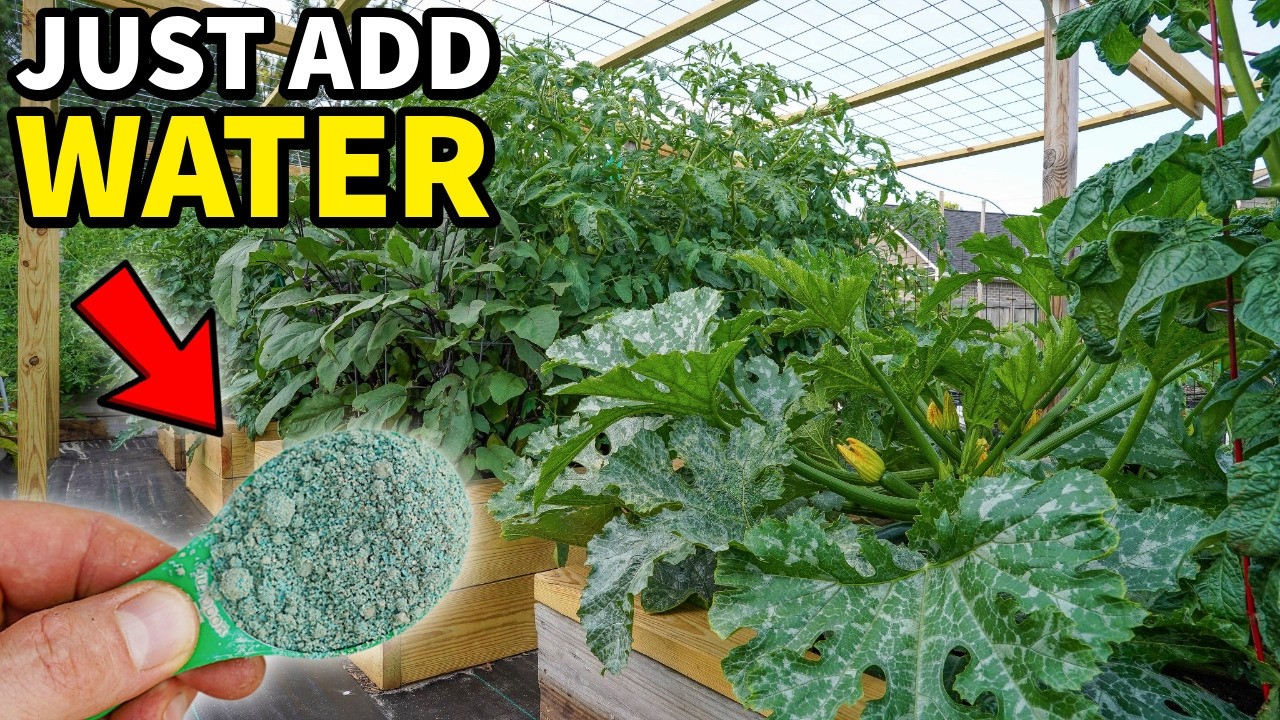Discover how you can boost your plant growth and increase fruit yields effortlessly by simply adding water. With a few simple techniques, you’ll see your garden thrive like never before, turning your green space into a lush, fruitful paradise.
Enhance Plant Growth and Fruit Production Simply by Adding Water
Introduction
Imagine a world where nurturing plants is as effortless as pouring a glass of water. No complex recipes, no mysterious chemical powders—just simple, pure hydration and a sprinkle of knowledge. Welcome to the art of elevating your garden’s health through the surprisingly potent method of water-based fertilization. In southeastern North Carolina, where our Zone 8B climate offers endless growing possibilities, understanding how to harness water soluble fertilizers can turn your garden into a lush, abundant paradise. Whether you’re dreaming of bountiful figs, vibrant sweet potatoes, or just a greener thumb, the secret often lies in that everyday act—adding water.
Sometimes, the most mundane tasks hold the power to revolutionize your gardening routine. Integrating water soluble fertilizers (or WSFs, if you want to impress your garden club friends) into your plant care arsenal is akin to giving your plants a secret handshake—an easy, effective, and surprisingly elegant way to boost plant health and maximize fruit production. So grab your watering can, and let’s dive into the surprisingly rich world of plant nourishment that’s just waiting to be mixed, poured, and enjoyed.
Unlocking the Power of Water Soluble Fertilizers for Thriving Gardens
If you’ve ever wondered how to encourage faster growth or how to coax that extra handful of fruit out of your garden, water soluble fertilizers might just be your new best friend. These fertilizers dissolve quickly in water, releasing nutrients in a form that plants can absorb almost immediately, making them perfect for giving plants a rapid nutritional boost. Imagine it as a turbocharged meal for your thirsty plants, where every sip delivers vital minerals and trace elements straight to their roots.
What makes WSFs a gardener’s secret weapon? Well, for starters, they’re incredibly versatile. Unlike traditional granular fertilizers, which often sit in the soil, slowly releasing nutrients or risk washing away with every rain, water soluble options can be delivered precisely where plants need them most—whether that’s through drip irrigation, watering cans, or even DIY fertigation systems. It’s like giving your plants an IV drip of nourishment, ensuring they’re always energized and ready to produce bountifully. Plus, selecting the right blend—say, fish fertilizer for that oceanic boost or trace minerals for a healthy nutrient balance—can make all the difference.
In our slightly humid, slightly unpredictable southeastern climate, water soluble fertilizers also help prevent over-fertilization and runoff issues. By simply adding water and applying at optimal times—like early morning or a cool, overcast day—you can fine-tune your plant’s growth and avoid the dreaded “burn” that sometimes accompanies granular feeding. Think of it as whispering sweet nothings to your plants—subtle, effective, and, with a little practice, downright addictive.
Which Plants Thrive with Water Soluble Fertilization?
The beauty of WSFs lies in their broad appeal—nearly all plants can benefit, from the leafy greens of your vegetable patch to the fruit-laden fig trees. Vegetables like tomatoes, peppers, and zucchini adore immediate nutrient access, which means they shout “Yes, please!” whenever water soluble fertilizer is added. These crops are often hungry for quick energy, and a timely dose can translate into juicier fruits and faster growth.
Perennials such as figs and blueberries also respond eagerly to this method, especially during active growth periods. While some plants like newly transplanted seedlings and certain root crops prefer more gentle, slow-release feeding, the majority of garden players dynamically respond to this “drink-and-grow” approach. If you want to turn your garden into an all-you-can-eat buffet, consider coupling your regular watering schedule with a splash of your secret fertilizer blend—designed for faster growth and increased fruit production.
Plants That Should Avoid Water Soluble Fertilization (And Why)
Despite their many virtues, WSFs aren’t the universal remedy for every plant’s needs. Certain plants—particularly those sensitive to overfeeding—should be treated with caution. For example, plants that thrive in nutrient-poor soil, such as some native wildflowers or delicate orchids, may suffer from over fertilization. The quick uptake of nutrients that benefits most plants can instead overwhelm these sensitive varieties, leading to root burn or stunted growth.
Additionally, young seedlings, especially those just sprouted or still establishing their root systems, often benefit more from gentle, slow-release feeds rather than potent water-soluble solutions. Overdoing it with a concentrated fertilizer can send an unintentional shockwave through their tender little roots, setting their growth back to a crawl. It’s like feeding a child a three-course meal the moment they wake up—sometimes, less really is more.
In fact, overly aggressive fertilization with WSFs can sometimes favor lush, leafy growth at the expense of fruit production, or encourage excessive foliage that weighs down the plant. So, in your garden, it’s wise to know which plants are temperamental and which are hearty, adjusting your fertilization methods accordingly. This nuanced approach ensures your garden remains healthy, productive, and thriving without unintended setbacks.
Mastering the Art of Fertilizing: Tips, Tools, and Techniques
Now that you’ve unlocked the fundamental magic of water soluble fertilizers, the next step is mastering their application. The process couldn’t be simpler—just add water, stir, and pour—but executing it with finesse requires a few insider tips. For instance, using a fertilizer injector can streamline the process, delivering precise doses directly into your irrigation system, which is especially valuable in large gardens or when growing high-value crops like figs or sweet potatoes.
Manual fertilization, on the other hand, involves mixing the fertilizer in a watering can. This method is perfect for smaller gardens or when you prefer a more intimate, hands-on approach. Keep in mind the timing—early morning is ideal, giving plants a fresh start to absorb nutrients before the heat of the day, while avoiding late afternoon watering to prevent fungal issues. Think of it as giving your plants a well-timed espresso shot—energetic and sharp for their daily growth routines.
Wondering about the best products for garden fertilizing? Reputable options include fish fertilizer for that rich, oceanic nutrient profile, Jack’s All Purpose for a balanced feed, and trace mineral mixes to ensure no essential element gets overlooked. For drip irrigation systems, installing a DIY fertilization setup or using quality injection systems from stores online can turn a mundane watering routine into a garden-growth symphony. Whatever method you choose, remember that consistency and attention to timing can make the difference between passable produce and the rows of lush, fruit-laden plants you’ve been dreaming of.
Frequently Asked Questions
How can I tell if my plants need water soluble fertilizer?
Plants typically show signs of nutrient deficiency through pale, yellowing leaves, slowed growth, or poor fruit development. If your leafy greens look dull or your fruit appears stunted, a quick dose of water soluble fertilizer can reinvigorate them. Regular observation is key—notice how vibrant and vigorous your plants appear after applying WSFs, and adjust your routine accordingly.
Can I mix water soluble fertilizer with other garden amendments?
Absolutely, but caution is advised. Always follow the manufacturer’s instructions to prevent chemical reactions or over-fertilization. Many garden enthusiasts enjoy blending WSFs with compost teas or trace minerals for a more comprehensive nourishment. Just remember: less is often more, and overdoing it can lead to nutrient lockout or plant stress.
Which plants benefit most from water soluble fertilization?
Vegetables like tomatoes, peppers, and zucchinis are especially receptive to hydroponic-style feeding, thriving when nutrients are readily available in water. Fruit trees such as figs, blueberries, and even strawberries also respond positively, especially during their active growing seasons. These plants love the quick nourishment that WSFs provide.
Are there any consistent mistakes to avoid when fertilizing with water soluble nutrients?
Yes, over-application is a common pitfall. Applying too much fertilizer—especially during the hottest part of the day—can cause root burn or leaf scorch. Also, neglecting to water thoroughly after fertilizing can lead to salt buildup in the soil. Always follow recommended dosages, and remember, plants prefer steady, gentle feeding over sporadic overloads.
How do I choose the right water soluble fertilizer for my garden?
Consider your plants’ specific needs and growth stages. For lush foliage, a nitrogen-rich formula works wonders; for fruit production, look for blends with phosphorus and potassium. Fish fertilizers provide a nutrient-rich marine boost, while trace minerals fill in any gaps. Reading labels, consulting with local garden centers, and experimenting with small batches can guide you to the perfect mix.
Final Thoughts
In the end, the simple act of adding water to a carefully chosen fertilizer blend might be the most accessible—and yet most transformative—tool in your gardening kit. It’s about turning routine into ritual, patience into prosperity. Southeastern North Carolina’s climate provides a generous backdrop for this botanical ballet, where consistency and a little scientific savvy pay off in staggering plant performance. From boosted yields to vibrant foliage, chemical-free growth has never been easier or more satisfying.
Remember, gardening is less about battling nature and more about partnering with it—listening to your plants, observing their needs, and giving them what they crave in the simplest way imaginable: water. So, pour, nourish, watch your garden flourish. After all, the secret to fruitful, healthy plants might just be as straightforward as a splash of water—delivered with love, a dash of knowledge, and perhaps, a little humor along the way.

